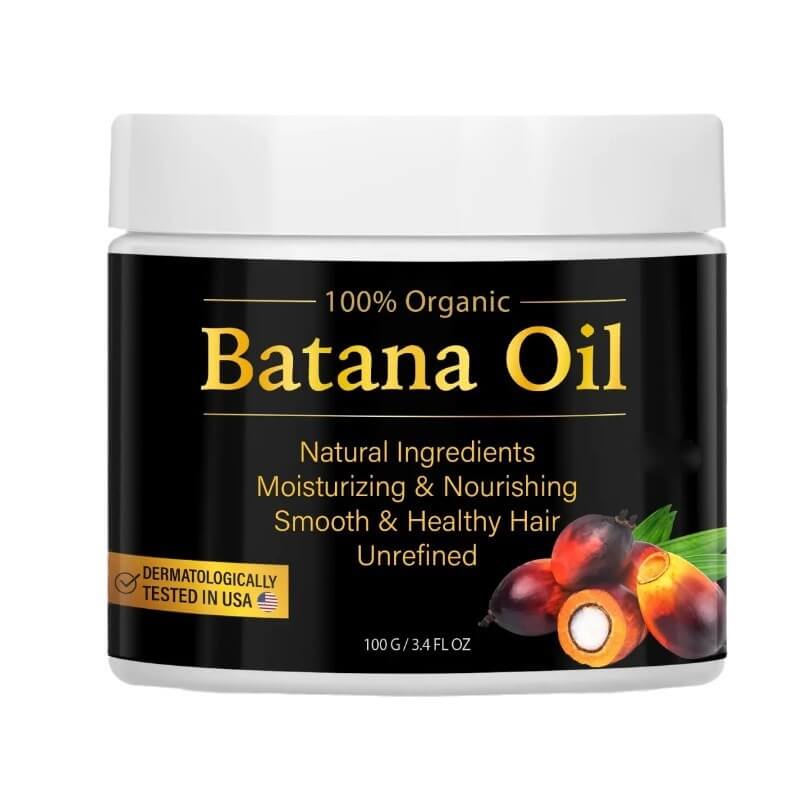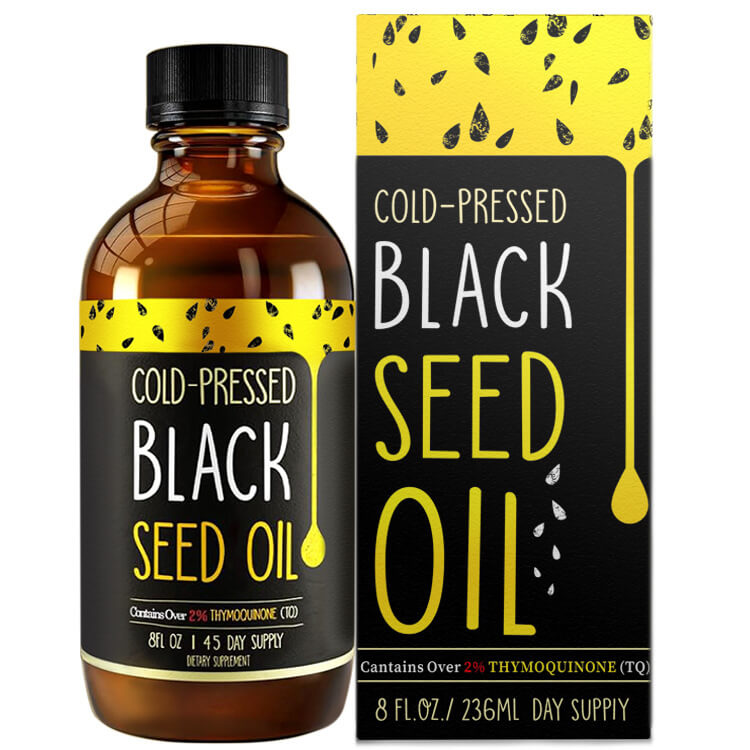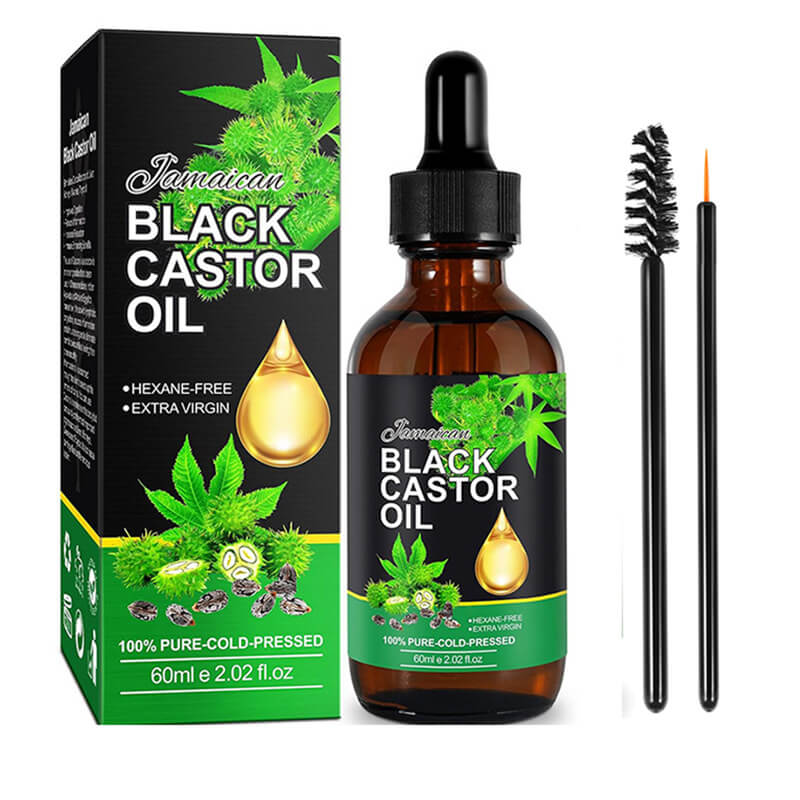
Are you looking to importing products from China or doing global sourcing?
Scenario A: You know specifically in detail what products you want to import.
Scenario B: You haven’t an idea what to import from China, but you want to import from China and you need to find out the profitable and possible products.
Scenario C: You have an idea and you want the supplier to carry out product proposal, product development and finally decide which proposal to take.
No matter what case you are in, the following will help you really get into serious sourcing business.
What are the top 4 must-do things before you import goods from China?
1.Product specifications
Why do you need to figure out the product specifications?
- Your potential suppliers will have to make an official offer based on your required product details.
- In China, there are many quality levels: poor quality, okay quality, quality, amazing quality etc. You won’t like too much surprise, especially on price and quality because of misunderstanding on product specifications.
- The supplier might want to cut corners where the product requirement is “blurring”. If you don’t confirm with them as much detail as possible, they can be too lazy to mention OR they are more willing to just let it go.
- Most suppliers only have the initiative to make an offer if you know specifically what you need in detail. They tend to think you are a serious buyer only when you have specific order needs.
- To provide specs of what you want to import from China can highly increase the efficiency of the entire import process, especially in the inquiry and offer round.
A quick example from one of our customers (Mr. Adam White) told weeks ago.
Adam placed a sample order to check out general performance and evaluate his potential supplier. After the sample was sent to him, the supplier called him and said,
”There are three different quality levels that the factory can build with. The quality levels are low end, medium end, and high-end ones and the sample is a low end. What quality are you looking for?”
And Adam was like,
“ WHAT???!!!”

Adam basically wasted about 4-5 months to communicate with the supplier and got the sample done, only to find out it was not what he needed on quality and price. Can you imagine?
If you are contacting directly with different suppliers, you might be wondering why they all have so many questions before sending a price. You may find it annoying to answer all of them before getting an offer. Whatsoever, please stay away with suppliers who throw out a price without any thoughts. It can waste your time or be simply a trap.
Skillful sales would be sending proposals with different options covering all necessary products details instead of asking too many questions. It’s OK to go for proposals and decide your choice later, but it’s suggested you nail down as much detail as possible with the sales to avoid the upper unpleasant case.
What are some common product specifications?
Take wooden furniture as an example, product specifications can be:
- Wood Material
- Hardware Material
- Painting
- Color
- Design&functions
- Sizes
- Package: Mailbox ( Required to do drop testing)
- The designed files are normally enclosed as an attachment.
Different product industry will differ in the specification details.
Useful Tools: www.pantone.com

2. Packaging Specifications

Packaging can be discussed after the sample order in terms of different product categories. But keep in mind to get a basic picture with your supplier about whether the packing is included in the pricing and how the package will be like.
Packaging is important to importing products due to:
- Product Price
It is part of the price construction. There are many packaging categories and different packaging costs will vary a lot.
Product Packaging Types (functions)

Primary packaging – first envelops your product, usually the smallest unit of distribution
Secondary packaging – the layer outside the primary packaging, can be used to avoid being stolen or group primary packages together
Tertiary packaging – used for bulk handling, warehouse storage and transportation, most commonly packed in pallets
There are many packaging categories in terms of materials, for example, Corrugated Boxes, White box, Boxboard or Paperboard Cartons, Paper Bags, and Sacks etc. Different product lines will use specific packaging material.
- Product Protection

It is important to protect your products to import from far beyond the ocean. The products will be loaded and unloaded at least 6 times to your final destination (store/warehouse/etc) – from factory to truck, from truck to port of loading warehouse, from port of loading warehouse to shipping boat, from boat to destination port warehouse, from destination port warehouse to truck, from truck to final warehouse etc.
Many factories tend to use low-cost material and easy way for packaging. They don’t have the initiative to optimize because they didn’t sell directly to end customers. The low-cost packaging can be very expensive in terms of damages. Your products need to be protected against various factors such as mechanical shock, vibration, temperature variation, humidity variation etc.
- Product Information
Packaging is commonly used for these purposes: transportation guides, recycle or dispose of the product or package, track and trace purpose, product usage guides, product regulations and much more.
- Product MOQ
Some suppliers may pull out incredible high MOQ that way exceeds your desired quantity. You don’t want too much inventory. Try to ask the supplier if there’s the reason that the MOQ is so high (e.g. 1000pcs).
Sometimes you will get a surprising answer that the packaging MOQ is 1000pcs. Then you may ask the possibility of changing to another packaging category (e.g. White box) for your trial order.
- Branding and Marketing

Packaging is a critical quality image to your end customers. (People are visualized.) What would you feel like if you get your iPhone 7 packed in a white box? The graphic design and physical design are often applied to the point of sale display. Most packaging is designed to reflect the brand’s message and identity.
For more information about packaging, check:
https://en.wikipedia.org/wiki/Packaging_and_labeling
3. Compliance

“If I import products from China that are not compliant with the government regulations, will it matter?”
Quite some importers and exporters are hesitant about regulations.
Here are some of the reasons:
One of the regulations pros: ensure quality level to required standards
Some of the regulations cons: higher cost; so difficult for importers to find suppliers that fit in; many think the compliance is not quite necessary
Some people are saying that they have been importing for years and there was never a compliance problem before. I would like to group it in risk management if good luck accompanies all along the way of importing, it will just be fine.
Note these:
- Difference countries have different compliance standards and regulations. So if your supplier candidates say that they are qualified in terms of compliance, ask them in detail like:
- What countries are they exporting to?
- What standards are they compliant with?
- Are certificate soft-copy files available?
- Some suppliers might provide fake certificates files in order to get the order.
- Government standards and regulations can change with time.
- Whenever a problem happens in terms of compliance, it is the importer that has to be responsible instead of the exporter.
How to deal with product regulations, certificates, standards, and compliance?
A. Where – the “go-to” options for compliance information
1. Testing labs ( UL, Intertek etc )

- Customs Brokers
If you work with some customs broker for years and build up a good relationship, you can try to ask and they will likely tell you for free.
“Hey, I want to import xxx. Is there anything I should be aware of? Is this product heavily regulated? Is there any anti-dumping issue?” – You
“Hey, you got to be careful with this. You need to have xxx and xxx testing done. Etc “ – You Customs Broker”
B. What to confirm?
- Which countries do you want to sell the products in?
U.S., Canada, France, South Africa, Australia etc etc
- What information to get confirmed?
1) What tests need to be done for what purpose?
2) What is the cost for the various tests?
3) How long will it take to do the tests?
4) More information case by case.
4. Supplier Portraits

It’s necessary to draw your ideal supplier portraits because you might not stick to your standards for what type of suppliers to choose from, along with the long way where you are looking for your right Chinese supplier and might overlook certain important baselines.
Write it down at the very beginning so that you can leverage for the final supplier option and make sure the change (if any) is reasonable instead of being too excited about some too good to be true offers.
It’s surely fine and common to change choice standards but there must be some baselines that you want to stick to from beginning to the end (e.g. Never wire 100% payment upfront when you just place the order.)
Apart from product-related information listed in above three points, here are some others you will expect your best Chinese suppliers to qualify.
- Quality levels
- Quality control management
- Price range
- Lead time
- Service
- Trade Term
There is more information about finding your right supplier here. In some cases, manufacturers might not be your best supplier option. You can read this article: Source from a Chinese trading company, sourcing company or manufacturer by yourself?
Final Words
These are the top 4 must-do things that we would suggest you get done before importing from China.

The groundwork is always tedious but it’s definitely worthwhile. It can avoid spending your time on suppliers that don’t well match your needs, meanwhile, you will build a good start on your importing project. It’s just like playing a stacking game. If you don’t stack right and well from the first layer, the blocks will fall and you will have to do it over again.
Related Posts





5 Responses
hi,this is one of product supplier in China. i’m not really agree with what you said. According to what you have said like there is no reliably supplier in China. about the material of product or packing, i have to say, some of importer wants to get high quality with lowest price, Please stand in the supplier’s perspective to think about that which merchant don’t want to get order, but they want to get the high quality at such low price in this age of soaring prices, you think is that easy? There are good places in this article and also there are some places where will mislead importers. please don’t kill everyone with on stick, there is also many good supplier try their best to satisfied with their customer. That’s all I want to say。What if this paragraph offend you, please forgive me.
Thanks for your opinion based on a supplier’s perspective. We agreed that pricing is basically in direct proportion to quality. Most Chinese manufacturers/suppliers are trustworthy. When doing business, either party tends to think in their own perspective. As our point of view, taking into consideration the other party’s situation/idea would definitely promote the cooperation. Based on buyers/importers point of view, especially those who are not quite experienced in importing from China, it would help to present as many possibilities as possible(good/bad). Both parties would note possible issues that might happen during the whole import and export process. Knowing the problems that could happen would help to boost communication efficiency and protect both party benefits.
Thanks again for your comment! It helps buyers and importers get to know more about what Chinese vendors are thinking. Appreciate it!
Ensuring all required documents, such as the commercial invoice and bill of lading, are accurate and complete is essential to avoid customs clearance delays when importing from China.
Ensuring all required documents, such as the commercial invoice and bill of lading, are accurate and complete is essential to avoid customs clearance delays when importing from China.
Thanks for sharing this helpful guide. Understanding the documents required to import from China is crucial for avoiding shipment issues and ensuring smooth international trade operations.